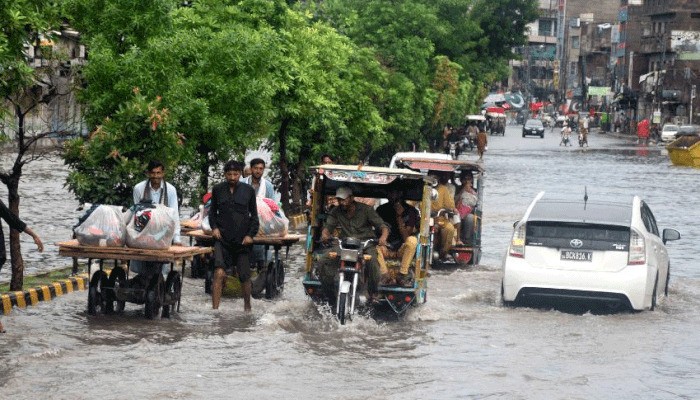The ongoing monsoon floods across Pakistan have turned deadly, claiming at least 104 lives and injuring over 200 people since June 26, according to the National Disaster Management Authority (NDMA). The latest figures reveal the scale of devastation as authorities brace for another round of heavy rainfall.
Rising Death Toll and Widespread Destruction
NDMA reports show that among the dead are 49 children, 37 men, and 18 women. The fatalities stem from structural collapses, electrocutions, and flash flooding in both urban and rural regions. Infrastructural damage has been severe, with over 10.5 kilometers of roads affected and nine bridges damaged.
The heavy rains also caused the complete destruction of 135 homes, while 278 houses sustained partial damage. Additionally, 111 livestock deaths have been recorded, deepening the crisis for affected families.
Read: Florida Cat Helps Detect New Orthoreovirus Strain
Relief Efforts and Urgent Warnings
Authorities have intensified emergency operations in flood-hit regions. The NDMA has directed all provincial and district administrations to act swiftly to prevent further loss of life and property.
A spokesperson emphasized the dual need for rapid relief efforts and long-term investment in climate resilience, stating, “The scale of destruction shows the urgency with which we need to respond.”
New Monsoon Spell Raises Alarm
Adding to the concern, a fresh monsoon spell has entered Pakistan, increasing the risk of more monsoon floods. From July 13 to 17, heavy thundershowers are forecast across Islamabad, Punjab, KP, Kashmir, and eastern Balochistan.
The NDMA has issued alerts for possible riverine and flash flooding. Rivers including the Indus, Kabul, Chenab, and Jhelum may experience rising water levels. Moderate flooding is expected at Tarbela, Chashma, Taunsa, and Kala Bagh, with localized surges at Guddu Barrage and upstream areas like Marala and Khanki.
Mountainous regions in Swat, Panjkora, and Nowshera face flash flood threats. Similarly, southern and western Balochistan—particularly Khuzdar, Lasbela, Kalat, and Awaran—are at risk of sudden, intense flooding in coming days.
Follow us on Instagram, YouTube, Facebook,, X and TikTok for latest updates
